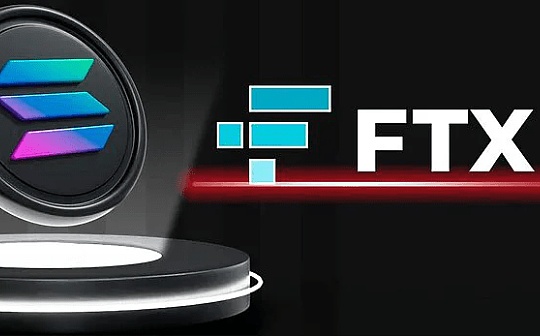Pi Protocol: Tether Lianchuang re-entered the stablecoin track and launched revenue-based stablecoins | Super early projects to follow

Reprinted from chaincatcher
02/25/2025·2MAuthor: Nianqing, ChainCatcher
With the election of US President Trump, the stablecoin track has exploded. Trump issued an executive order in his first few days in office to promote the adoption of dollar-backed stablecoins, while Congress is enacting a bill to provide a regulatory framework for U.S. stablecoins. Large financial companies such as PayPal and many crypto companies are issuing stablecoins.
According to recent reports from Bloomberg, Reeve Collins, one of the former co-founders of Tether, is launching a revenue stablecoin project, Pi Protocol, which will provide holders with the benefits they may earn from tokenized real-world assets.
According to Pi Protocol's official X platform, Pi was originally named TreasuryX, and was officially established last year. It has only recently undergone a brand upgrade, name change and positioning. Pi plans to launch its first earnings stablecoin USP on Ethereum or Solana in the second half of 2025.
Introduction: An innovative attempt at income stablecoins
Pi Protocol is an emerging stablecoin protocol designed to challenge the existing stablecoin market with innovative yield-based design. Its core product is USP stablecoins, which are different from traditional stablecoins such as USDT and USDC. Currently, the issuers of USDT and USDC retain their asset returns, and Pi Protocol plans to allocate these benefits directly to USP holders, through USI tokens. This model not only attracts profit-sensitive users, but may also drive the transformation of stablecoins from a simple "value anchoring tool" to a "investment tool".
Pi Protocol is planned to run on Ethereum and Solana blockchains, leveraging smart contracts to ensure efficient transactions and ecological compatibility. In addition, the project will introduce governance tokens that allow the community to participate in the decision-making process and enhance transparency and participation in decentralized governance. Specifically, Pi will use smart contracts to evaluate the value of collateral and execute the excess collateral ratio and mint its USP stablecoin. As a reward, the minter will receive another token USI as a benefit.
Pi will be managed by the governance token USPi, whose holders will benefit from platform revenues, which come from sources such as the income from minting stablecoins on the platform. Users of the token will be able to vote on decisions such as setting risk parameters, adjusting collateral policies and allocating agreement revenue. The team and consultants received a 25% supply of governance tokens. It is reported that the team is conducting pre-sale of governance tokens.
Founder Collins himself commented that "Pi Protocol is the evolution of stablecoins."
Team introduction
Reeve Collins is the founder and chairman of Pi Protocol, a serial entrepreneur in the crypto space. He co-founded Tether in 2013 and served as the first CEO until 2015. Collins is also one of the inventors of stablecoins. During his tenure at Tether, Reeve Collins and co-founders Brock Pierce and Craig Sellars jointly published innovations on stablecoins.
After leaving Tether, he founded BLOCKv (focused on NFT platforms, raised $22 million in ICO in 2017), SmartMedia Technologies (enterprise-level Web3 platform), and decentralized money market protocol WeFi.
Bundeep Singh Rangar is from Pi Protocol CEO, who founded the TradFi network InsurTech and started to launch its first DeFi ETP.
Roadmap
According to public official information, Pi Protocol's future plans include the following aspects:
- Token issuance and main network online: It is planned to launch USP stablecoins and related governance tokens in the second half of 2025, and the system stability may be tested through pilots in the early stage.
- Ecological expansion and partners: Seeking to cooperate with traditional financial institutions to obtain more high-quality real-world assets as collateral, and at the same time integrate with DeFi protocols and decentralized exchanges to expand the use scenarios of USP.
- Community Governance: A community-driven decision-making model is realized through governance tokens, allowing holders to vote to decide on asset selection, income distribution ratio, etc.
- Regulatory compliance and global promotion: Ensure compliance with regulatory requirements, planned to be promoted in multiple jurisdictions to achieve global user coverage, especially in the context of increasing regulatory pressure on stablecoins.


 jinse
jinse


 panewslab
panewslab